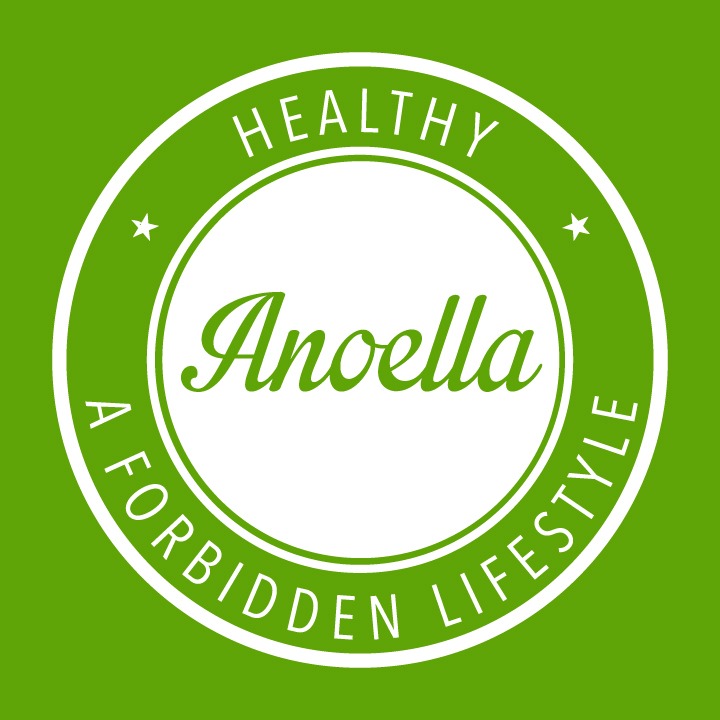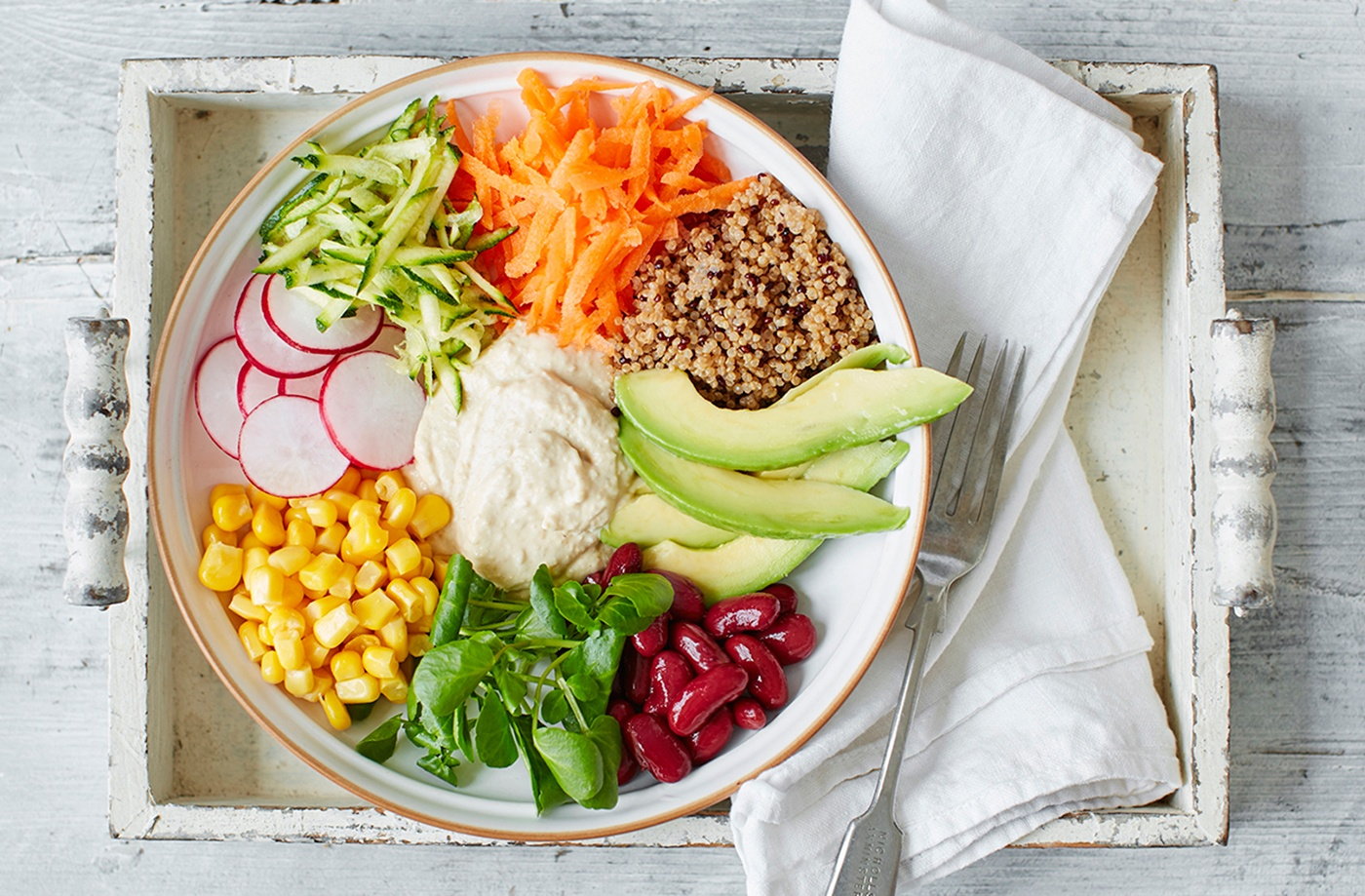Transitioning to an alkaline vegan diet can feel overwhelming, especially if you’re used to processed foods or animal-based meals. But don’t worry—you’re not alone! If you’re ready to nourish your body with electric, plant-based foods while maintaining balance and energy, this guide is for you.
By following a simple, natural approach to cooking, you can create flavorful, nutrient-dense meals that support optimal health. Whether you’re new to the lifestyle or just need more guidance, we’ll walk you through the essentials of getting started.
Why an Alkaline Vegan Diet?
An alkaline diet focuses on foods that promote an alkaline state in the body, which helps to reduce mucus buildup, detoxify the system, and restore balance. Unlike standard vegan diets that may still include acidic or processed foods, the alkaline approach encourages fresh, natural, and high-mineral foods that work with your body rather than against it.
Key Benefits of Eating Alkaline Vegan
- Supports Natural Detoxification – Alkaline foods help cleanse and revitalize the body.
- Boosts Energy Levels – With nutrient-dense foods, you’ll feel naturally energized.
- Aids Digestion – High-fiber, plant-based meals support gut health.
- Promotes Clear Skin & Anti-Aging – Natural hydration and minerals improve skin health.
- Supports Weight Management – Whole, plant-based foods encourage a healthy weight.
How to Start Cooking Alkaline Vegan Meals
1. Stock Your Kitchen with Alkaline Ingredients
The first step to successful plant-based cooking is having the right ingredients on hand. Prioritize fresh, organic options whenever possible.
Essential Alkaline Foods to Keep in Your Pantry:
- Fruits: Berries, seeded grapes, mangoes, apples, and dates
- Vegetables: Kale, dandelion greens, okra, cucumbers, and bell peppers
- Grains: Spelt, quinoa, amaranth, and wild rice
- Legumes: Chickpeas and lentils (in moderation)
- Nuts & Seeds: Brazil nuts, walnuts, hemp seeds, and sesame seeds
- Oils: Cold-pressed olive oil and coconut oil
- Natural Sweeteners: Date sugar and agave syrup
- Herbs & Spices: Basil, oregano, cayenne pepper, and burdock root
2. Learn the Basics of Alkaline Vegan Cooking
Switching to an alkaline vegan lifestyle doesn’t mean bland or boring meals. Instead, it’s about embracing natural flavors and simple preparation methods that enhance the taste and nutrient content of your food.
Cooking Tips for Flavorful Alkaline Meals:
- Use fresh herbs and natural seasonings instead of processed sauces.
- Sauté vegetables in olive oil with sea salt and cayenne for depth of flavor.
- Experiment with alkaline grains like spelt and quinoa to create nourishing meals.
- Hydrate with natural herbal teas instead of processed beverages.
- Keep it simple—sometimes, fresh ingredients shine best on their own!
3. Avoid Common Mistakes When Transitioning
While the benefits of an alkaline vegan diet are endless, it’s easy to fall into common traps when starting out. Here are some things to watch out for:
Things to Avoid:
❌ Processed “vegan” foods that contain preservatives and artificial ingredients ❌ Acidic foods like soy, wheat, corn, and processed sugar ❌ Overeating nuts and grains without balancing with fresh produce ❌ Using table salt instead of natural sea salt or Himalayan salt ❌ Relying too much on smoothies and not incorporating solid meals
4. Make the Transition Simple and Stress-Free
Shifting to a plant-based alkaline diet should be enjoyable, not stressful. Start by making small changes—swap out one meal at a time or gradually eliminate processed foods. Keep an open mind, try new flavors, and listen to your body.
Final Thoughts: You Got This!
Cooking delicious, alkaline vegan meals doesn’t have to be complicated. By using whole, natural ingredients and simple cooking methods, you’ll be able to create flavorful dishes that nourish your body from the inside out.
Are you ready to take the guesswork out of your plant-based journey? Go check out the recipe blog or explore our website for more tips!






